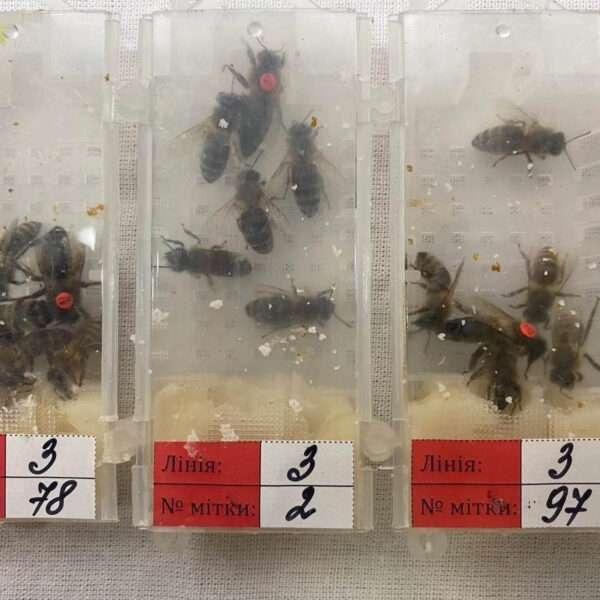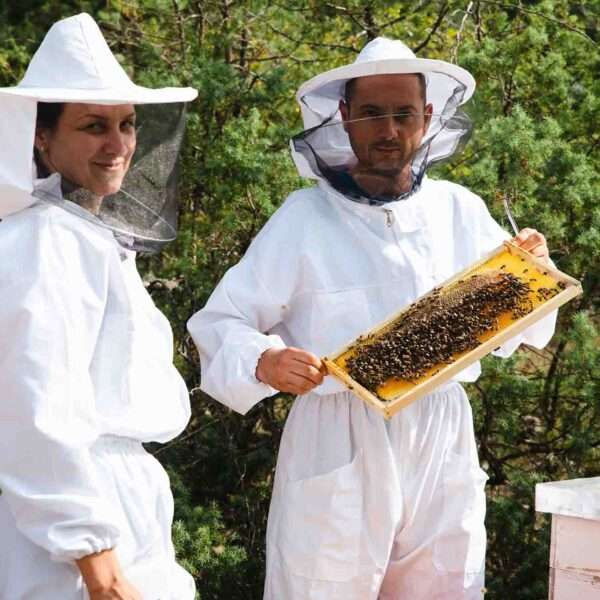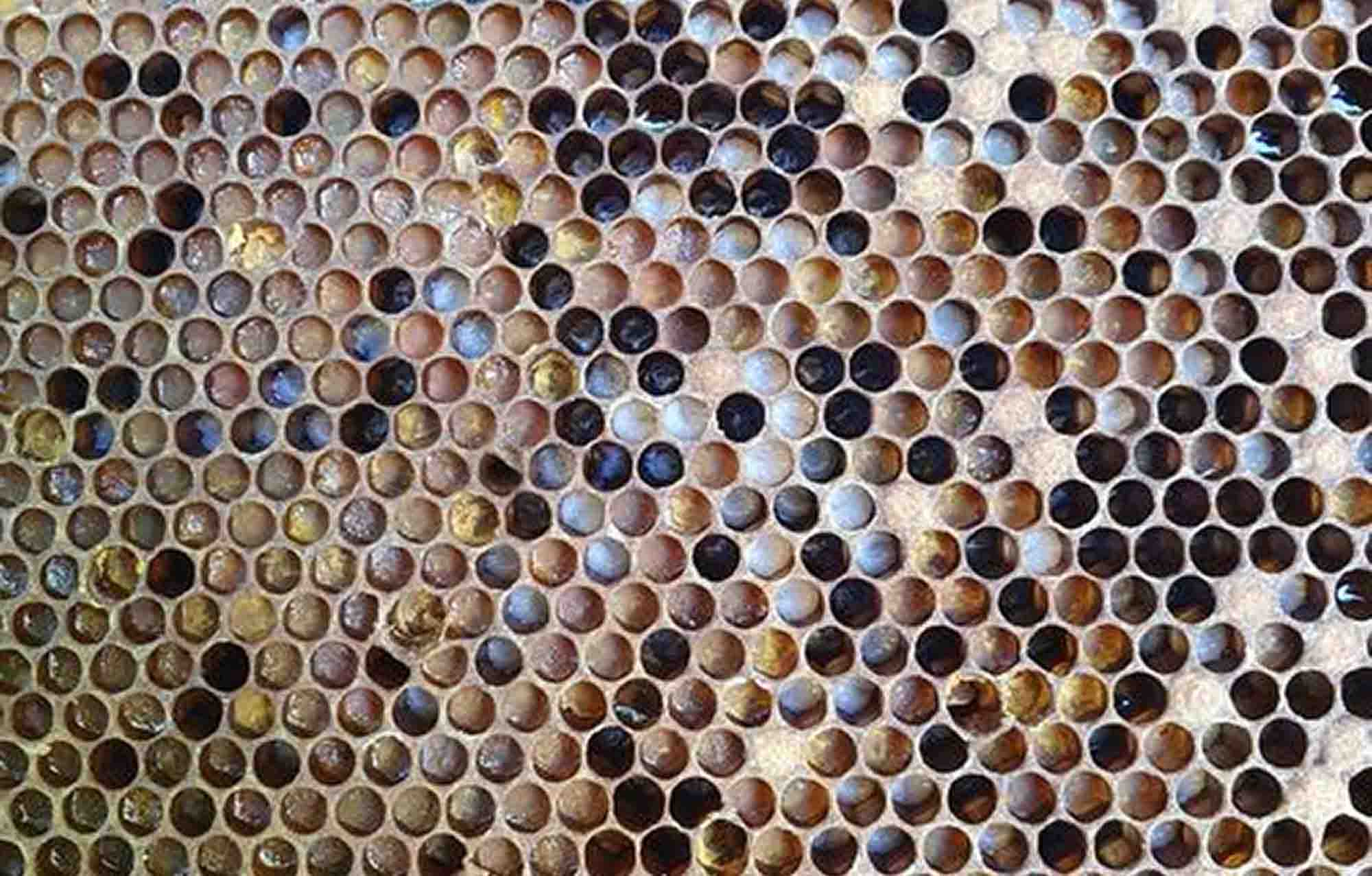Bees with large heads appear to find it easier to get along in urban areas, an investigation by scientists in Spain suggests.
Researchers from the Donana Biological Station in Seville investigated the behaviour of 89 pollinator species in natural, agricultural and urban areas in North America and Europe.
The experts found that several types with comparably large heads adapted better to the complex environment in cities than their smaller peers.
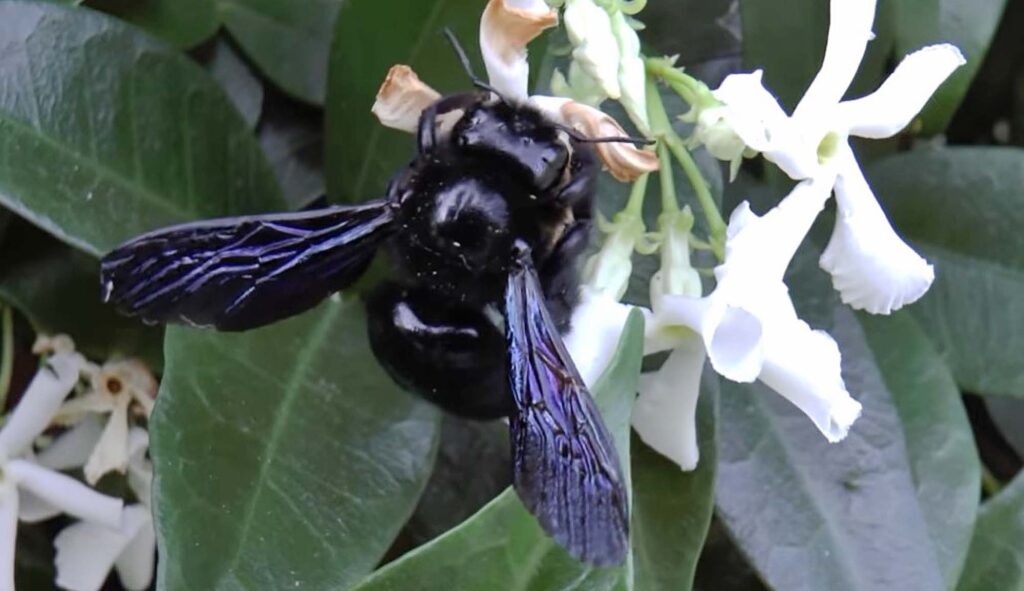
Urban regions offer additional food sources to animals. However, species that live in cities are also confronted with different kinds of threats compared to rural habitats.
One of the insects that thrive in urbanised regions is the violet carpenter bee (Xylocopa violacea), a solitary pollinator which is often mistaken for a bumblebee due to its remarkable body length of up to three centimetres (0.78 inches).
In their study, the experts from Seville determined that 28 of the 89 bee species under investigation get along very well in cities.
Some types such as the European wool carder bee (Anthidium manicatum), are majorly feeding on urban flowers and pollen, according to the El Pais newspaper.
Researcher José B. Lanuza said: “The fact that they do well in urban areas doesn’t mean that they cannot be found in natural environments.”
Speaking to El Pais, he explained: “The presence or absence of bees in urban environments is not fortuitous. We see a correlation.”
“Species with larger heads tend to concentrate a greater number of specimens in cities.”
José emphasised that other factors such as the diet of the different species could also play a role. He also pointed out that larger bees were capable of covering greater distances.
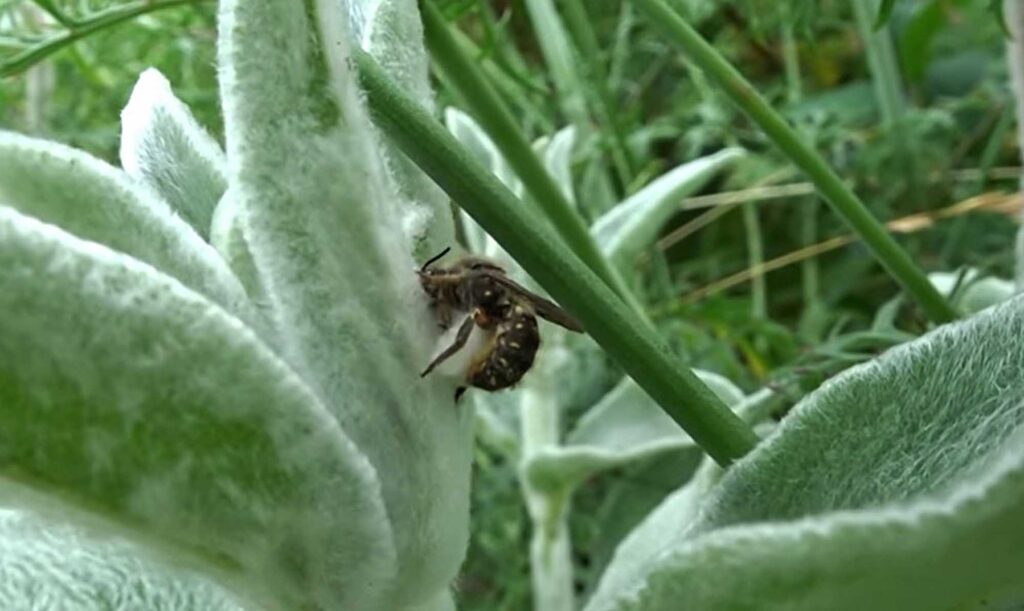
It is understood that large heads generally mean bigger brains and therefore greater cognitive capabilities.
However, José’s colleague, ecologist Ignasi Bartomeus, said: “Intelligence is something very complex that we cannot reduce to size.”
Daniel Sol from the Centre for Ecological Research and Forest Applications in Barcelona added: “The brains of insects are very small. It was thought that they could not modify complex behaviours, but a series of experiments disproved this.”
The team of researchers also underlined that there are around 20,000 bee species in the world while their examination focused on fewer than 100 types.
Bees play an important role in the environment as they pollinate flowers and plants. Solitary bees do not produce honey. They dig their nests in the soil and deadwood.






